Winged Migration
Reviewed by: Carole McDonnell
CONTRIBUTOR
| Moral Rating: | Good |
| Moviemaking Quality: |
|
| Primary Audience: | Adults Family |
| Genre: | Documentary |
| Length: | 1 hr. 25 min. |
| Year of Release: | 2003 |
| USA Release: |
April 5, 2003 (festival) April 18, 2003 (limited) August 29, 2003 (wide release) |
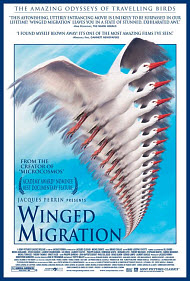
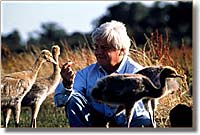
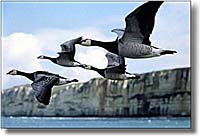
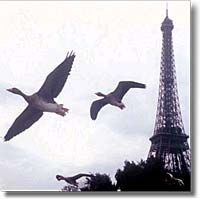

Pelicans in the Bible
BIRDS in the Bible
Deserts in the Bible
Eagles in the Bible
wild Horses
ANIMALS in the Bible
Learn more about God’s amazing creations in these excellent videos…
- Incredible Creatures That Defy Evolution
- Unlocking the Mystery of Life
- The Origin of Life
- The Origin of Species
Read about these amazing animals on our Web site…
| Featuring |
|---|
|
Philippe Labro … Narrator (English version) Jacques Perrin … Narrator (voice) |
| Director |
|
Jacques Perrin |
| Producer |
|
Bac Films Canal+ See all » |
| Distributor |
Director Jacques Perrin’s documentary “Winged Migration” is praiseworthy in many ways. First and foremost, it is a celebration of birds, their parenting skills, and their instinctual commitment to make the arduous migration to the far reaches of the Arctic and back. It is also a celebration of God’s geographic creation, the dunes of Africa, the steppes of Siberia, the snow-covered seas of the Arctic ocean. And lastly, it is a celebration of art, specifically humanity’s skill in photography.
Surely a film this complex—the camera is “this close” to birds winging through the clouds—could not have been made twenty years ago. These three glories—nature, landscape-human photographic and technical skill—often work together to create scenes of great majesty. But sometimes they work against each other.
Like many documentaries, “Winged Migration” has the basic elements of a “plot.” The protagonists, the birds, are on a mission. The elements against them are weather, other birds, predators, humanity—in the form of hunting and pollution—and plain old endurance. Perrin sets his viewers up perfectly for these dangers.
Sometimes the danger is sudden, like the sound crack of a gunshot and the sight of a soaring bird suddenly falling backwards through the clouds into a watery grave. Sometimes, the danger lingers, stalks, as in the scene where some African sand crabs—scorpions?—stalk a bird with a broken wing. (I heard several children in the crowded theater gasp at this point.) Sometimes our little winged heroes escape the dangers, sometimes not.
Sometimes the film benefits from the human tendency to anthropomorphize animals, but for the most part the birds’ personalities are clearly seen. The viewer realizes that birds have personalities, purposes, loving parental skills. But sometimes the basic elements of “plot” are missing. Perrin isn’t interested in making a page-turner edge of your seat “What happens next?” kind of film. The film is made up of rhythm, seasons and purpose; Perrin doesn’t veer from the birds’ paths.
This G-rated film is not for all people. For some nature isn’t enough. American filmmakers have the skill of showing nature and animal stories within the context of a Quest story. (“Otis and Milo”, “Homeward Bound”) and children reared on those films might want a story—or at the very least, a particular bird to hold their interests throughout the film. I saw once child trying to drag his father out of the theater.
Some people—children and adults—might find the peacefulness of the film boring. After all, many of us are reared on car chases. Others may not consider the gentle visual mediation on birds, endurance, nature, animal communication to be unimportant.
The audio portion of the film was problematical for me. The narrator’s whose heavy-accented English was hard for me to understand at times. There is also that music, a kind of European kitsch—with some American kitsch thrown in—that might captivate some audience members and annoy others. I, for one, found it hard to deal with. But my movie-going friend allowed herself to float into it. The film is silent for the most part with the frequent subtitle describing a particular bird and the miles it logs from home to destination.
The art of photography seems to be Perrin’s other reason for this film. And it is also celebrated, if a bit obliquely. The viewer of this film keeps asking herself, “How did they manage this shot?” Obviously, the film crew befriended many of the birds they encountered, but many shots are startling and leave the viewer in breath-taking awe about the director’s technical, cinematographic and endurance skills.
Certainly, travelling with birds from the hot sands of Africa to the cold reaches of the Arctic says something about this film’s commitment to the birds’ story. The film is wonderful, and I highly recommend it.
Offensive Violence: Minor | Profanity: None | Sex/Nudity: None
See list of Relevant Issues—questions-and-answers.


[Excellent!/1]
Positive Negative Neutral—I was moderately disappointed after seeing this movie. Although it is as clean as any movie could probably be, and the filming is good, especially considering that contains no computer generated images, but it is little more than a very long and boring documentary on several different birds and facts about their migration habits, mating habits, etc. Even my mother, who usually loves to watch nature shows and the like, said that this was to much for her.
[Excellent!/4]
PLEASE share your observations and insights to be posted here.
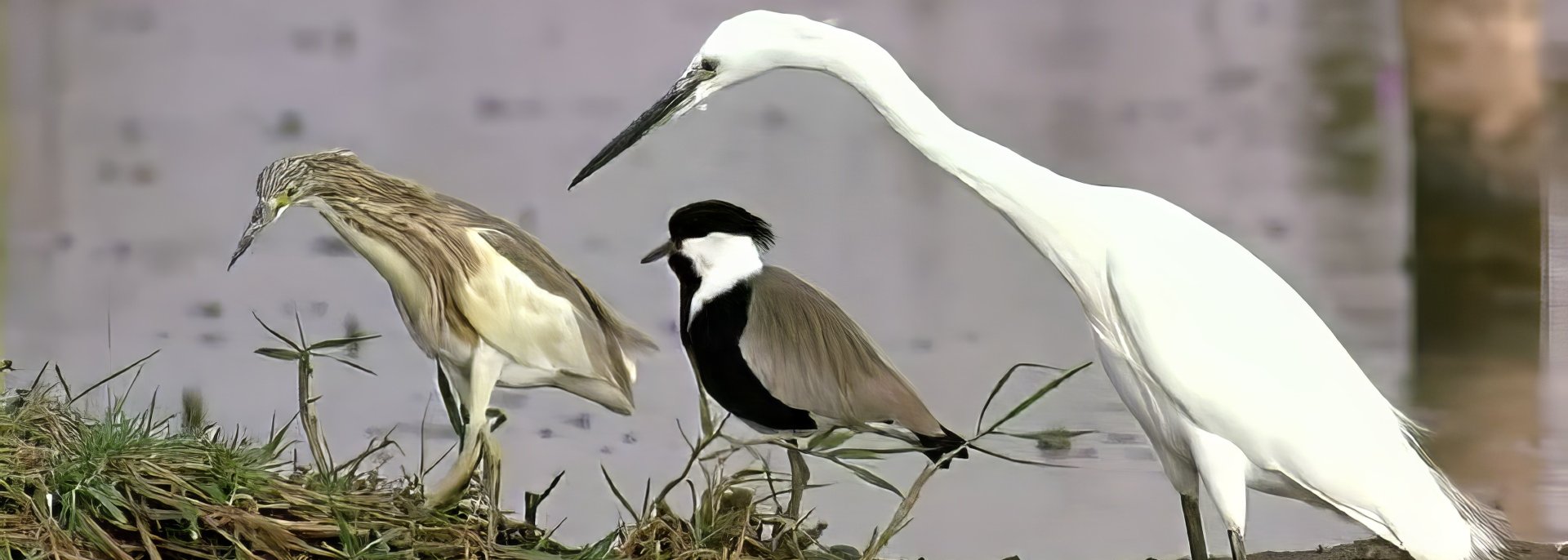



My Ratings: [Good / 5]